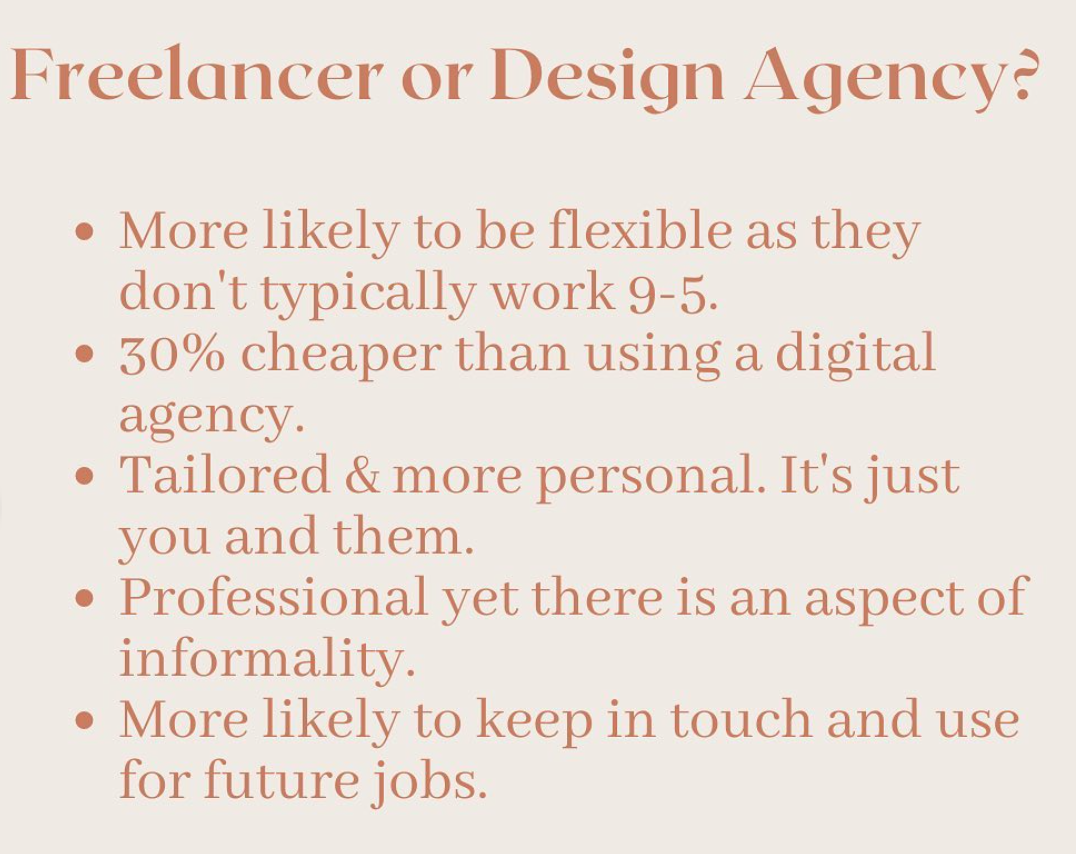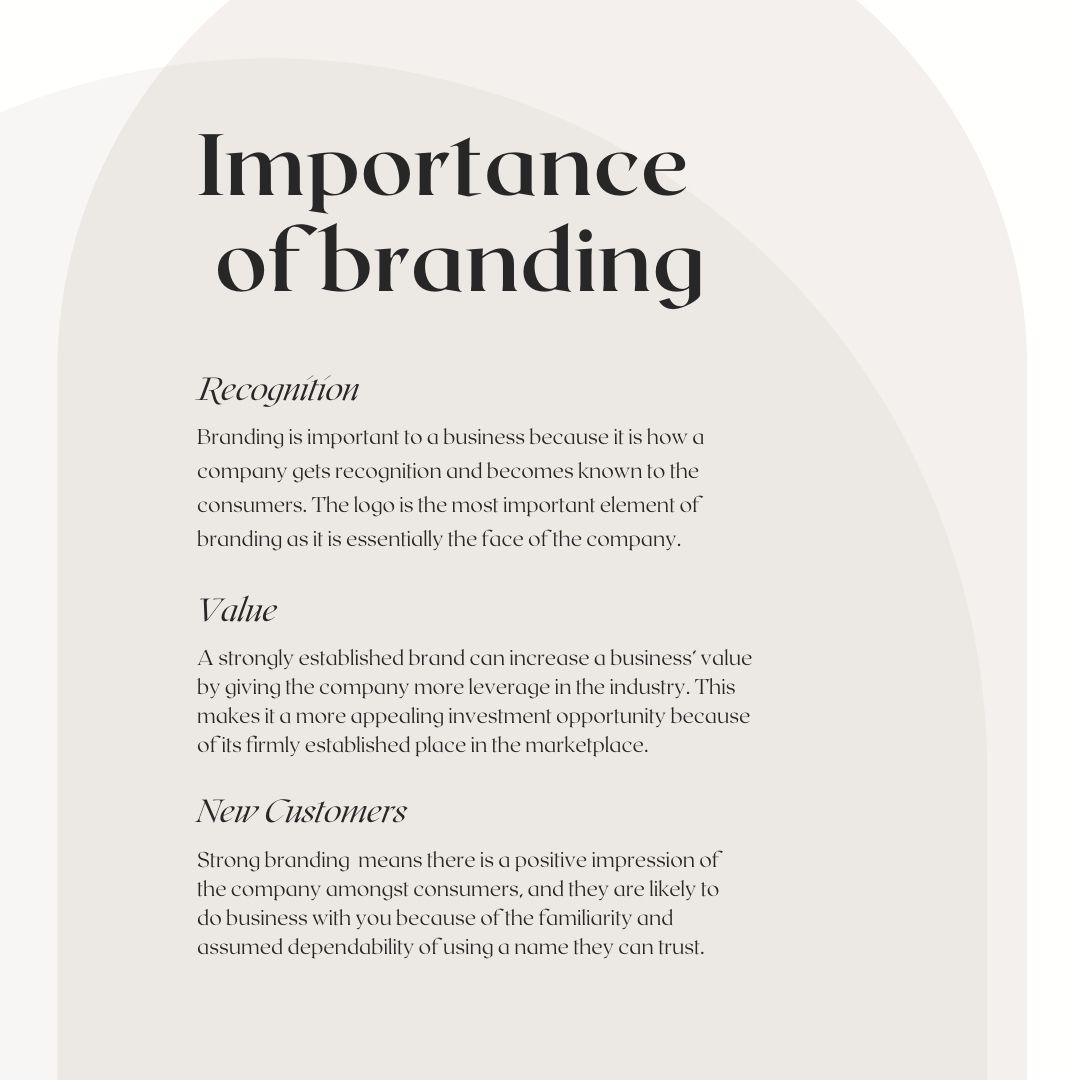Blog
3 signs your brand needs a new identity
-
Your business is growing
When your business grows and evolves, your branding needs to.
Investing in good design to set a clear tone for your business is guaranteed to make you more money. Read here more reason why you should invest
-
You’re no longer attracting the right type of clients.
Your dream clients are nowhere to be seen. You’ve tried everything but you still aren’t attracting the right people.
It’s a sign that your brand identity and target audience do not match up.
-
You’re unsure on how to communicate your brand values.
If your brand values don’t match your visuals this generally leads to confusion, a breakdown in communication and probably why you aren’t attracting the right crowd.
Why You should consider a freelancer instead of a design agency.
•You get to know that designer and trust that person with your business.
•You’re more likely to use that designer again and building a rapport also means they know your brand, they know what you want before you even know it yourself.
•Freelancers are cheaper, design agencies on average cost 30% more.
•They are often always available, working non traditional 9-5 hours.
Which type of logo is best for your business?
1. Emblems – The oldest form of logo, they come from stamps and convey traditionalism which can work nicely with that theme within a modern context. However they don’t shrink down very well, if you use them as a small logo on a website, chances are no one will be able to read it.
2. Logotype – Using only text with different sizes, weights and fonts you can create a sleek professional design. With this type of logo people will know your name immediately. I don’t recommend this type if you are a very hip/modern brand as you will be constantly updating the logo and also if you have a long company name.
3. Monograms – Monograms are great for company’s with long names. You can be really creative with these, however if you’re a brand new company, it might be worth waiting until you develop a good reputation.
4. Pictorial – This is great if your company name can tie in with an actual drawing or icon to give a clear sense of the brand. However, picking your logo too early whilst you’re still figuring out your product or service could force you into a singular way of branding and you may find it restrictive.
5. Abstract Pictorial – This is a great way of not being tied down to a pictorial logo, by just using an element in your logo you can create a more serious and unique tone. Before deciding, you need to establish what emotion you want your brand to express and match the abstract element to that.
6. Combination – Using a combination of pictorial and also logotype, using both a brand mark and text. This is the most future-proof logo as it’s so adaptable and it means you have the best of both (or several) worlds. I would avoid however, If you are more focused on simplicity.
The importance of branding
-
Recognition: Branding is important to a business because it is how a company gets recognition and becomes known to the consumers. The logo is the most important element of branding as it is essentially the face of the company.
-
Value: A strongly established brand can increase a business’ value by giving the company more leverage in the industry. This makes it a more appealing investment opportunity because of its firmly established place in the marketplace.
-
New Customers: Strong branding means there is a positive impression of the company amongst consumers, and they are likely to do business with you because of the familiarity and assumed dependability of using a name they can trust.
Why good design matters
Having an online presence is an essential part of any business, having an online presence isn’t a tangible, physical thing, it’s all visual.
Invest: In 2005, The Design Council looked at companies that traded on the FTSE (Financial Times Stock Exchange) over the course of a decade and they discovered that companies that put more effort and emphasis on design out-performed those that didn’t. They determined that every £100 spent on design increased turnover by £225. Read the full report here.
First Impressions: People will judge your company based on the quality of your website. A recent study that you can read here, proved that when participants were asked to visit certain websites, 94% of their first impressions were all design related and only 6% were content related issues. Of the negative feedback, most said that the reasons the websites didn’t feel trust-worthy or reliable was due to multiple design areas. Including: the layout was too busy, text was too small, too much text, boring or outdated web design, lack of navigation aids and slow loading pages.
Memorable: Good designs means you instantly become a memorable brand. Good customer service, a great product or service inevitably will put you on the map but in order to catch people’s eye and remember you, you need to be visually memorable. Using design techniques such as using a selective use of colour can trigger certain memories and keep your business fresh in people’s minds. Read more on that subject here.
User-Friendly: Investing in design and making a user-friendly online space constantly reiterates the narrative that you are trust-worthy, reliable, passionate and most importantly customer oriented. It reminds people that you care, it’s as simple as that.















